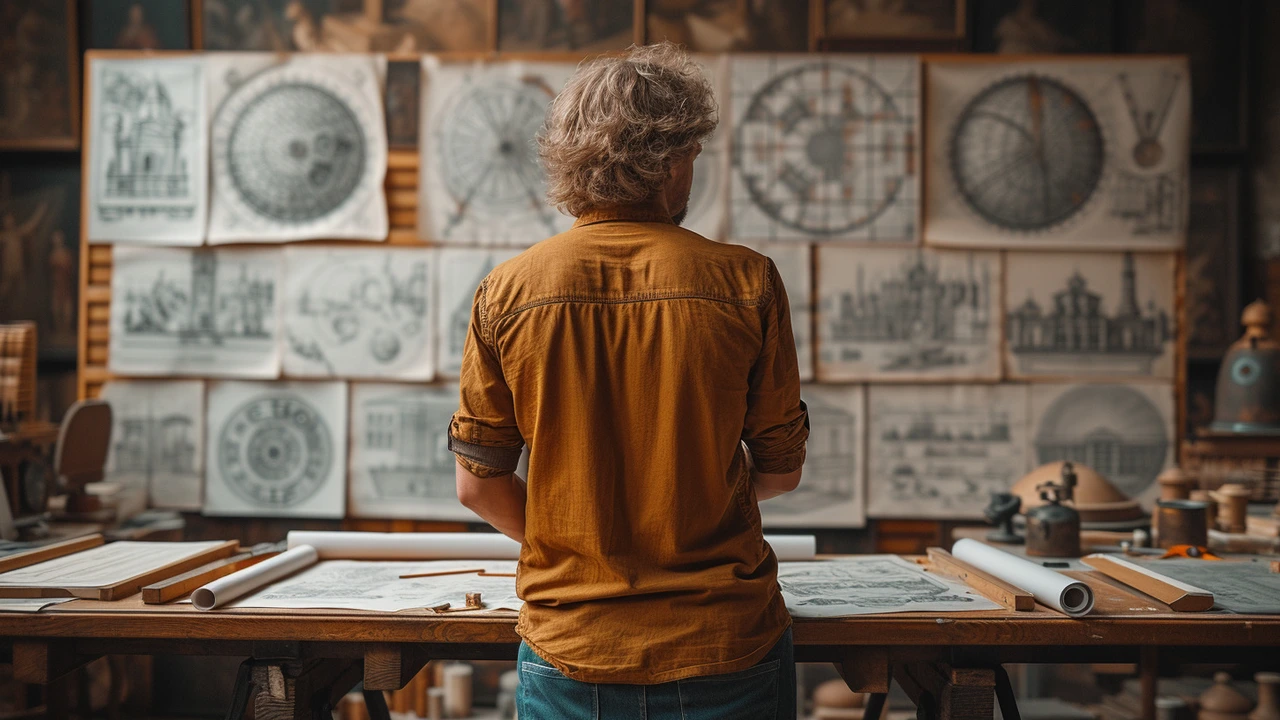This article delves into the profound influence of Renaissance architecture on contemporary design. It explores the key characteristics of Renaissance architecture, including its symmetry, proportion, and the use of classical elements, and how these features have been reinterpreted in modern design practices. The enduring appeal of Renaissance architecture is demonstrated through its principles that continue to inspire designers today, showcasing its relevance in creating aesthetic and functional living spaces. This piece is a journey through the past, emphasizing the timeless nature of Renaissance architecture and its lessons for modern creators.
Historical Influence in Architecture
Historical influence shows up everywhere — on city fronts, neighborhood houses, and in modern buildings that borrow old ideas. If you want to read smarter about styles like Greek Revival, Beaux-Arts, Colonial, Renaissance, or Bauhaus, this tag groups clear articles and real examples so you can compare details fast.
How to spot historical features
Look for a few clear clues: columns and pediments point to classical roots; heavy ornament and dramatic curves often mean Baroque or Beaux-Arts; simple geometric lines suggest Bauhaus or International Style; steel-and-glass frames hint at High-Tech or Neo-Futurism. Photograph one feature at a time—door surround, cornice, window shape—and note materials, scale, and pattern. Those three notes tell you more than guessing the whole era.
Context matters. A column in a small suburban home likely references Greek Revival, while the same motif on a grand public building will have different proportions and ornament. Pay attention to scale: historical styles use rhythm and proportion as a language. Once you read that language, you’ll spot influences in unexpected places, even modern shops or transit hubs.
Use historical influence without copying
If you’re designing or renovating, borrow principles, not pastiche. Keep original proportions and simplify ornament for a modern build. For example: use a classical column’s proportions as a reference but choose a cleaner material or smaller scale. Match materials thoughtfully—stone details usually read as 'historic' while steel suggests a modern twist.
Practical preservation tip: repair before replace. Preserve original window frames, moldings, and masonry where possible; replacements should follow original dimensions and profiles. When you must add new systems—HVAC, accessibility, insulation—hide them within existing cavities or use reversible methods so future restorers can undo changes.
Want to learn fast? Start with one movement and follow connections. Read an article on Roman techniques, then a piece on Renaissance use of those techniques, and finish with a modern adaptation like Neo-Futurism. That chain shows how one idea evolves across centuries. Our collection here links focused articles on Colonial, Georgian, Beaux-Arts, Constructivist, Expressionist, and more so you can trace a single detail from origin to today.
When you visit a city, pick a walkable block and make three notes per building: style label (if known), one standout feature, and one question to look up later. Over time you’ll build a small field guide in your head. That practical habit beats memorizing lists and helps you appreciate how historical influence shapes everyday places.
Use this tag to explore specific eras, learn spotting techniques, and get straightforward design and preservation advice. Each linked article goes deeper on features, history, and real-world examples so you can apply what you see — whether you’re a curious walker, a homeowner, or a designer.
As a male blogger highly invested in historical and architectural studies, I've always been in awe of the Renaissance era. The role architecture played during that period is simply fascinating and undeniably pivotal. In the article, we'll delve into how Renaissance architecture shaped the course of history and influenced the future of design. We'll explore the magnificent forms, the innovative techniques, and the enduring inspiration derived from that era. It's truly amazing how much our world has been sculpted by these architectural masterpieces.


